Exclusive Insights: Fashion Sustainability in Pakistan
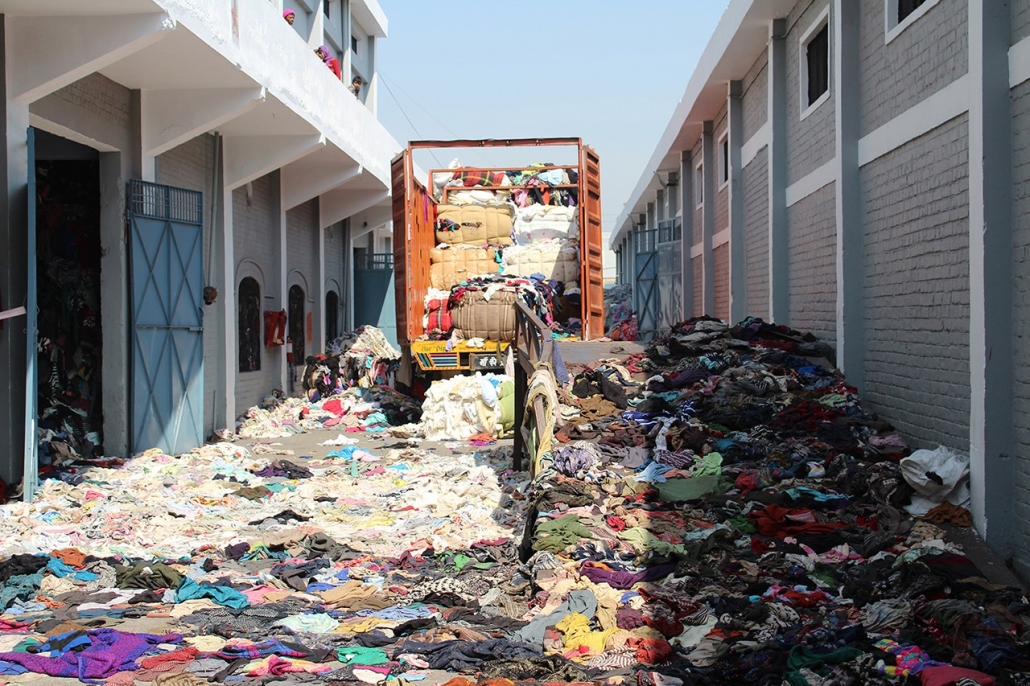
By Priya Ahluwalia via HybeBeast
Here’s something that many of you are probably unaware of: the clothes we wear have a detrimental impact on our planet. Yes, it’s true – fashion is one of the most polluting industries in the world, from its production processes to its end consumer use and disposal. It takes 2,700 litres of water to produce one single T-shirt, and 7,000 litres for a pair of jeans. Most of our clothes are made of synthetic materials like polyester or chemically-intensive cotton. Fabric dyeing also uses 5 trillion litres of water a year and 8,000 chemicals in the process. The list of environmental impacts can go on…
In this article we focus on textile waste from the apparel industry, as leftover fabric scraps or dead stock typically gets incinerated or ends up in landfills where it takes years to decompose. We interviewed a few players in the industry to understand the Pakistani fashion landscape and whether there are any practices around sustainability.
To start with, we questioned Abid Omar from Syntech Fibres about its initial stages of the supply chain:
1. Please tell me a bit about your role in the fashion supply chain.
I work to give back to society, to create awareness and improve the environment. My profession in the textile industry started with technical yarns and fibres that go into carpets and industrial sewing threads. Around 8 years ago, we (Syntech Fibres) diversified into typical textiles and digital textile printing for the local womenswear apparel industry.
2. What are some characteristics of the Pakistani fashion industry?
There are different demographics across the country. Large malls target the slightly affluent consumer that is more trend-oriented and shops every season. There’s been an increase in consumption of clothing over the years, indicating the start of “fast-fashion” in Pakistan, which is something that has already reached a point of maturity in the West.
3. What has SynTech Fibres implemented to lower its carbon footprint?
Firstly, digital printing significantly reduces water consumption as colors of a design aren’t pre-mixed and washed off with chemicals using excess amounts of water. Fabric dye is only applied to the surface of the material, which is 4 times less resource intensive than conventional methods. We also don’t have much textile waste, and if we do – it gets sold off to secondary markets in smaller cities.
4. Have brands ever set standards for sustainability or made certain requirements?
We cater to the premium segment of the market and mainly produce textiles for Pret collections where orders are made in large volumes but quality is always top priority. Our clients don’t care about the impact of production processes or have any sustainability requirements. Domestically, there is no market or demand for sustainably produced apparel.
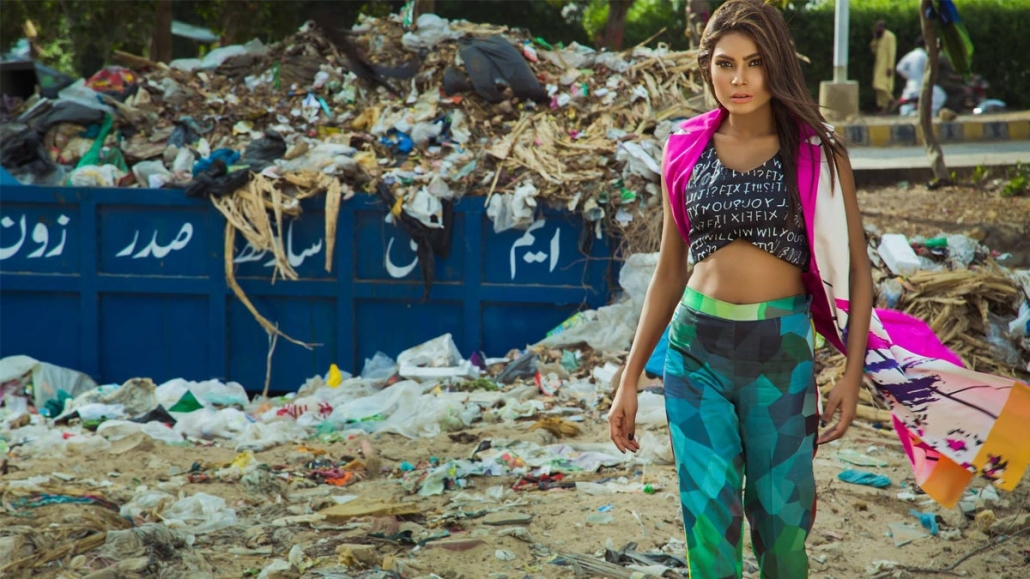
Deepak Perwani’s #FixIt campaign in 2016
Moving on to a high-end, luxury fashion brand, we asked Deepak Perwani of his thoughts on fashion sustainability:
1. What does sustainability mean to you?
Sustainability to me means creating as little waste as possible. I believe that by upcycling textile waste into small accessories, we can sustain other local enterprises or communities. As someone from Sindh, I really believe in empowering women through learning and employment opportunities, so that they are able to be self-reliant.
2. How important is it in your design process or as a brand overall?
It’s not something we take into considering whilst designing our collection, but we do try to order accurate amounts of fabric so that there isn’t any leftover. Compared to the brand’s early years, we have consolidated our business so we aren’t producing thousands of garments for the mass market anymore but more made-to-order, limited pieces.
3. What are some challenges you’ve faced in production phase when trying to reduce environmental impact?
Educating your artisans and craftsmen is a challenge, because it’s very easy to destroy or dispose and easy to ask for more fabric and cut less. The lack of awareness and education is problematic and that’s why the training plus learning process is so important to us.
4. Where do you source your textiles from?
Our textiles are internationally and locally sourced, because the quality of processed yarn varies, and sometimes its the customer that has certain requirements. Though, I definitely foresee many more Pakistani products being used in the future instead of foreign exports.
5. If you could start a charitable initiative of your own, what would it be?
I recently had an idea for opening a charity that makes clothing accessible to underprivileged children and young adults. We want to buy, disinfect, recycle and redistribute worn clothing because it can really make a difference to the lives of those less fortunate.
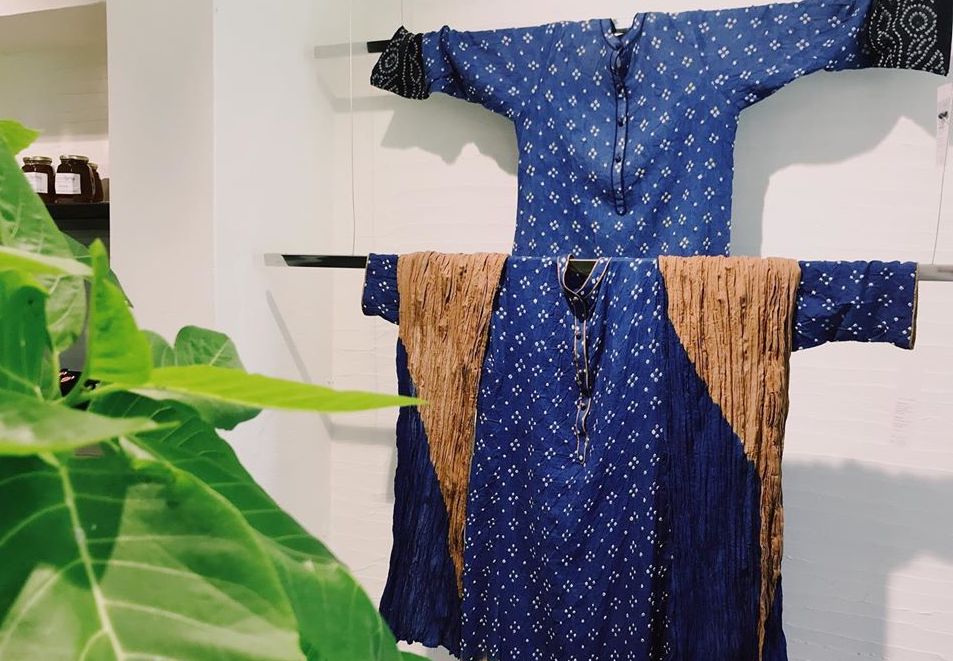
Chundri by Koel
On the other hand of the spectrum, we have Koel, a well-established brand known for it’s ethical practices:
1. What does sustainability mean to you?
According to Our Common Future, sustainable development is defined as development that “meets the needs of the present without compromising the ability of future generations to meet their own needs.” This to me defines “sustainability”, which has now become a common word used by all, and having varied meanings depending on where and how it’s used.
2. How important is sustainability in Koel’s design process or as a brand overall?
Our designing of the garments is such that even if fashion changes rapidly, our pieces still fit into any season. Our luxury clothing has been passed down through the generation, and now people are returning back to us with outfits worn at their wedding, to be changed / adapted for their children. For us this is sustainability, and it’s been happening at Koel for a very long time.
3. What are some challenges you’ve faced in production phase when working with natural dyes?
One if the main challenges is the availability of the raw material. For e.g Indigo plant which was abundantly grown throughout the subcontinent before the arrival of the British, is hardly grown at all. There are times when quality of a particular material required is not up to par.
4. Does Koel implement any practices that help reduce water usage in their garments?
Koel needs to become more conscious about water usage in the washing & dyeing of the garments. We need to put in more time and effort in researching effective methods to reduce water consumption without compromising on the quality.
5. Are your fabrics sourced locally or internationally? What are the benefits of doing so?
We source our yarn locally to produce our natural dyed fabrics. The mill cotton fabric is also locally produced and sourced. Silk yarn unfortunately comes from China, which we have woven for us locally to our specification. So all in all, it’s locally sourced.
6. Does Koel ever face textile waste? If so, what are some methods that help reduce textile waste?
We reuse textile waste very effectively. Ranging from patchwork garments, to slippers to envelopes, bags etc we try to use as much of the pieces left over as possible. Other bits left over which we don’t use, are handed over to an NGO for them to produce their products. It’s the bare minimum which gets thrown as junk.
7. Do you foresee a demand for sustainable fashion in Pakistan over the next 10 years?
I think people are becoming more and more environmentally conscious. A change is already happening in the West, and I think we will make that change in Pakistan too.
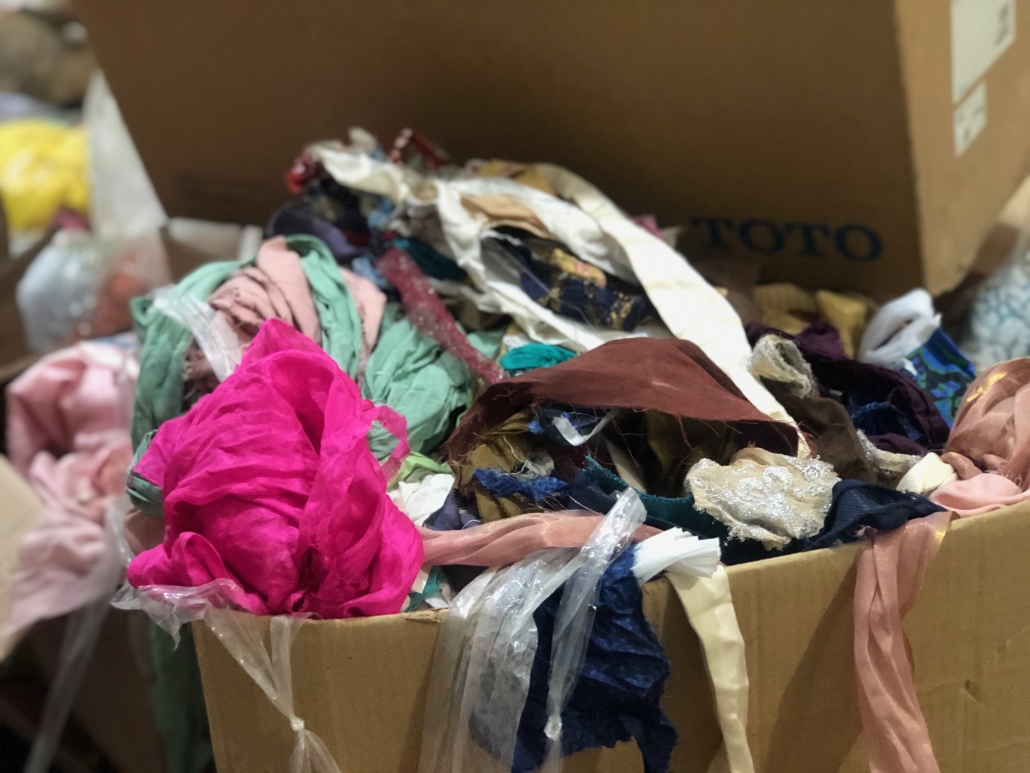
A box at RLCC over-flowing with leftover fabric scraps.
At the end of the cycle, there are NGO’s and organizations like Rana Liaquat Craftsmen Colony (RLCC), that try their best to divert textile waste from the landfill through upcycling:
1. Where does your textile waste come from?
We receive leftover textile waste from a few designers such as Deepak Perwani, Koel and a few smaller tailors as well.
2. Did you reach out to them for donations or vice versa?
We reached out to some of them and some of them approached us after they saw the kind of work we do.
3. What is the most beneficial factor for using textile waste in your collections?
Well the most beneficial thing is cutting down on material cost and of course we tend to get a variety of fabrics and colors to work with.
4. Do you think using textile waste increases awareness of the problem amongst Pakistani citizens?
Absolutely it increases awareness. Most people don’t even know the effects of textile waste on the environment. Through this method we can educate them about producing and consuming less as well.
As a developing country, Pakistan has bigger fish to fry when it comes to societal or environmental challenges, like literacy rates and lack of safe drinking water – but the fashion industry is something that shouldn’t be ignored when it comes to sustainability, as it holds a lot of potential for the future.
A huge thanks to Abid Omar (Syntech Fibres), Deepak Perwani, Sarah (Koel) and Somayeh Bardai (RLCC) for their time and insightful responses!

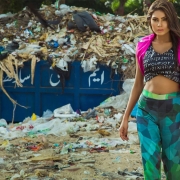

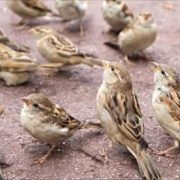
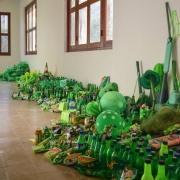
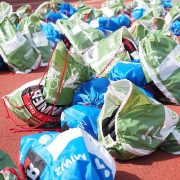
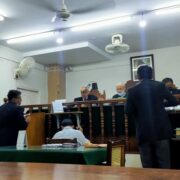
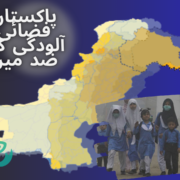
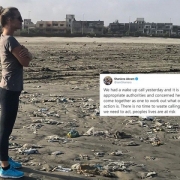
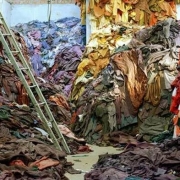


Leave a Reply
Want to join the discussion?Feel free to contribute!